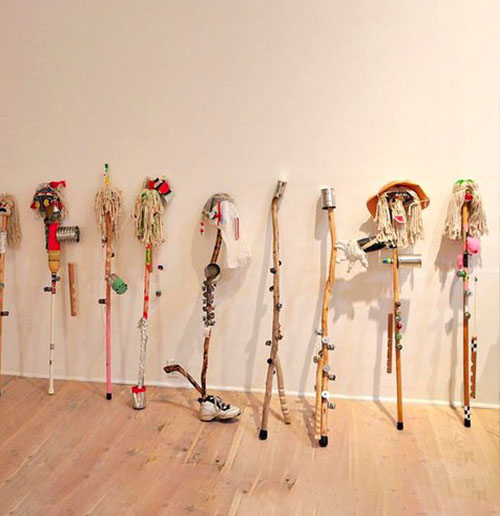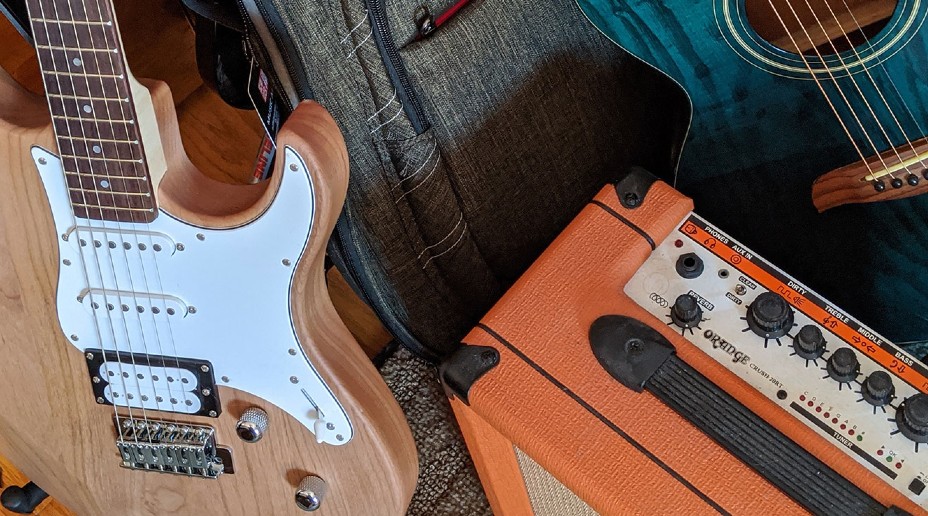There are so many weird and wonderful instruments across the world (did you know we currently insure over 400 different types of instruments!) so we’ve taken the opportunity to research some of them.
Take a look and have a listen to some of our favourites!
Crowdy Crawn from Cornwall, UK
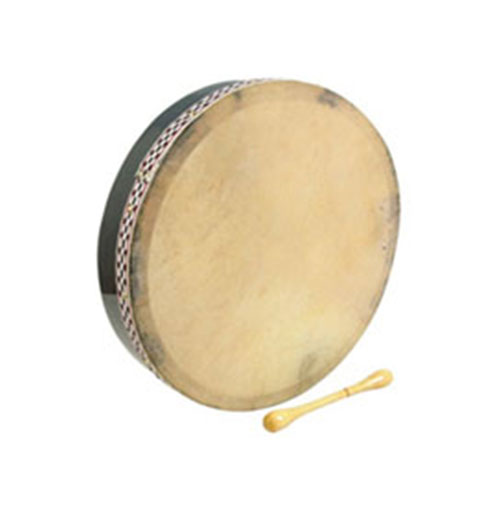
The Crowdy Crawn is a percussion instrument made of a wooden hoop covered with sheepskin, which originated from a tool to gather or measure grain. Played in western Cornwall from as early as 1900, the name is derived from the Cornish "croder croghen", literally "skin sieve".
Check out a traditional performance of Cornish music.
Theremin from Russia
The only musical instrument you play without touching! The Theremin is an early electronic musical instrument controlled without physical contact, by hovering your hands near to the prongs to alter the pitch and volume. It originally performed classical music and transcriptions, but was later discovered by film composers and has since been typecast as a spooky sound effect. You may recognise it from The Day the Earth Stood Still’s soundtrack.
Watch archive footage of Léon Theremin playing the Theremin.
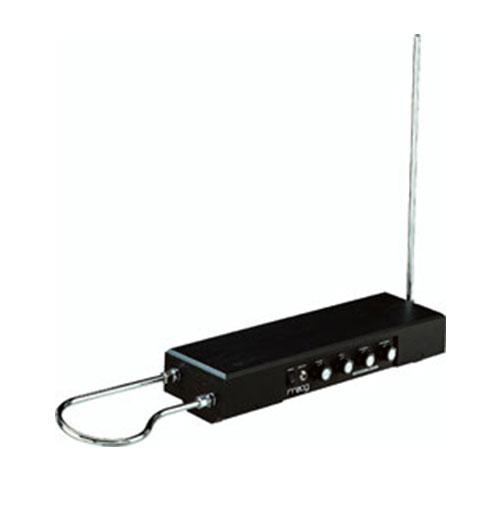
Guqin from China
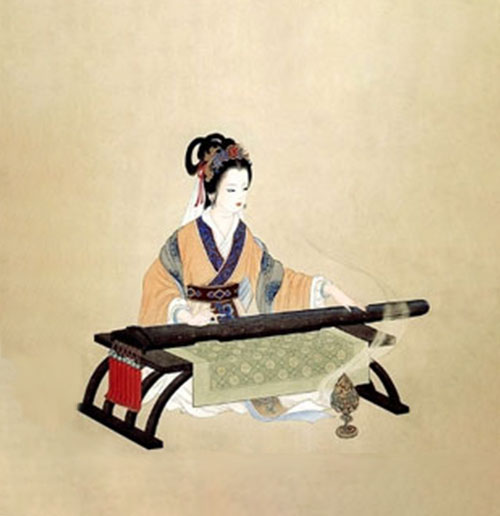
Known as the "Father of Chinese music", the Guqin is a plucked seven-string Chinese musical instrument of the zither family. It has been played since ancient times and has traditionally been favoured by scholars as an instrument of great subtlety and refinement. The sounds are produced by plucking open and stopped strings and using harmonics and glissandi - giving it a sound reminiscent of a fretless bass or slide guitar.
Here’s a video of an authentic Guqin performance.
The Great Stalacpipe Organ from Virginia, USA
Found in the Luray Caverns of Virginia, the Great Stalacpipe Organ is the largest musical instrument in the world.Instead of using pipes, the organ uses soft rubber mallets to strike stalactites of varying lengths and thicknesses. The organ’s stalactites range over 3.5 acres, but due to the enclosed nature of the cave, the full sound can be heard anywhere in the 64 acre cavern.
Check out this beautiful performance of Fur Elise on the Stalacpipe Organ.

Kuisi from Colombia, South America
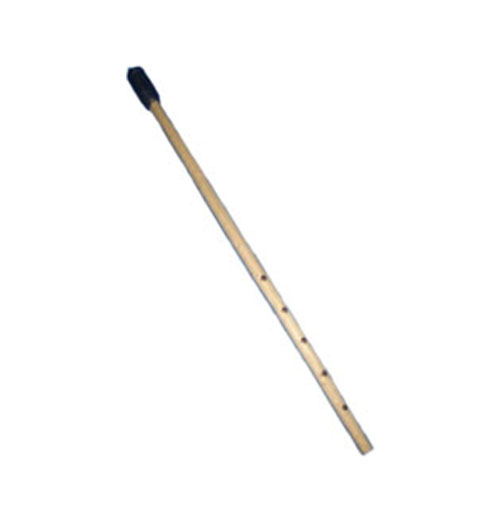
A Native American flute made from a hollowed cactus stem, while charcoal, beeswax and a turkey or eagle feather make the mouthpiece. The earliest known use is among the Koguis and Ika tribes of the Sierra Nevada de Santa Marta mountain range in Colombia, where it was used strictly for religious ceremonies. There are male and female versions of the Kuisi, which are played as a pair in counterpoint to one another, imitating the sounds of birds and nature.
Experience the sound of the Kuisi in this track by Colombian band, Lumbalú.
Ugly Stick from Canada & Lagerpgone, Australia
The Ugly Stick is a traditional Newfoundland percussion instrument fashioned out of household and tool-shed items, typically a mop handle with tin cans, small bells and other noise makers. They are traditionally played in concerts (colloquially referred to as "times") and kitchen parties.
Similar instruments can be found across the world, like the Monkey Stick, which is popular in English folk music. The Australian equivalent is called the Lagerphone which is constructed with bottle tops - a variation of the traditional aboriginal instrument using shells. They are very simple to make and play and produce a tambourine-like quality.
Be amazed by watching this 'Ultimate Ugly Stick Solo'.
